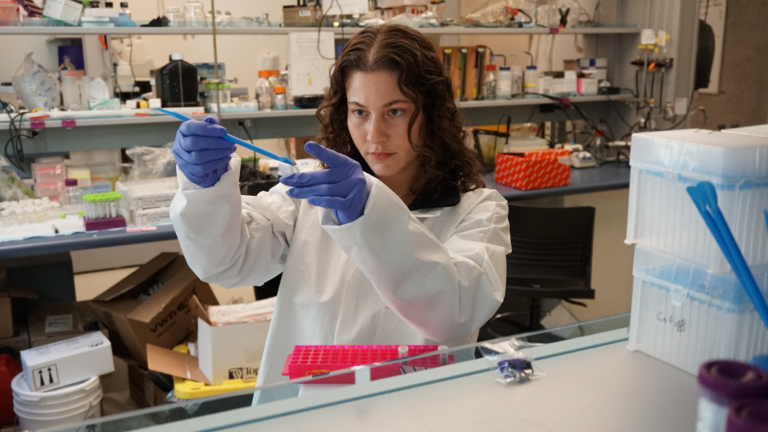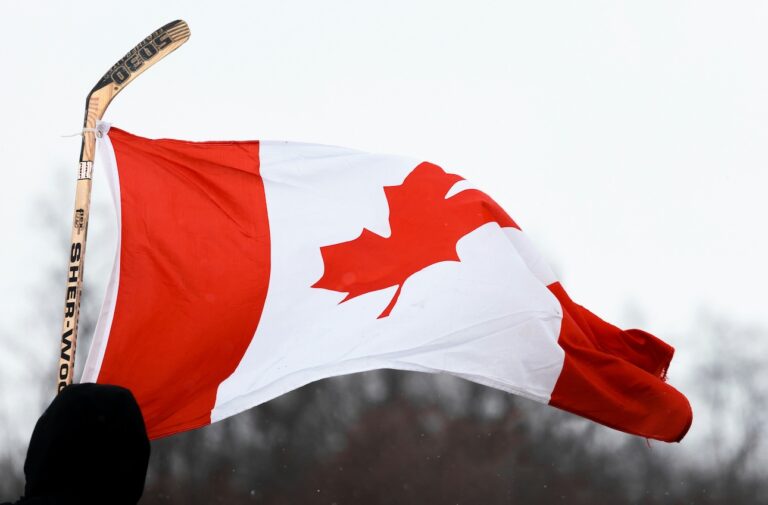NFL gives significant funding to help youth ‘shred’ the burden of concussion
A pan-Canadian program involving University of British Columbia researchers is one step closer to improving prevention, diagnosis and treatment of concussions in youth sport, thanks to $12 million in funding from the National Football League’s scientific advisory board.

UBC researchers are involved in a pan-Canadian research program to improve prevention, diagnosis and treatment of concussion in high school sport. Credit: Shutterstock.
UBC involved in pan-Canadian research program
A pan-Canadian program involving University of British Columbia researchers is one step closer to improving prevention, diagnosis and treatment of concussions in youth sport, thanks to $12 million in funding from the National Football League’s scientific advisory board.
The SHRed Concussions program—short for Surveillance in High Schools to Reduce Concussions and Consequences of Concussions in Youth—will provide a national platform for concussion surveillance in high schools that will have significant impact in reducing the risk of sport-related concussions and their consequences in youth. Led by University of Calgary kinesiology researcher Carolyn Emery, the pan-Canadian research program involves researchers at nine Canadian universities, including UBC.
“We are very grateful to the NFL for funding this unique groundbreaking project that brings together the best of Canada’s concussion researchers toward a comprehensive strategy in concussion prevention, diagnosis and treatment,” said Cheryl Wellington, professor in UBC’s faculty of medicine who is leading the national blood biomarker network for the program at the Djavad Mowafaghian Centre for Brain Health. “Among the most exciting elements of this project are the ways we can detect concussion and follow recovery through objective tests both in the clinic and through imaging and blood biomarkers.”
“This project brings together leading sport and injury prevention researchers across Canada to educate children, youth, and their families about concussion,” said Ian Pike, director of the BC Injury Research and Prevention Unit at BC Children’s Hospital and professor in UBC’s faculty of medicine. “This work will not only save lives, but keep our kids active and healthy.”
As part of the three-year program, researchers will evaluate 6,000 high school sport participants between the ages of 13-15 in 60 schools across five provinces. Funding will assist in establishing and validating injury surveillance in high schools, integrating a variety of tools to detect concussion, predict recovery, and inform best practice and policy in the prevention and management of concussions in a variety of youth sports, including ice hockey, rugby, football, lacrosse, wrestling, soccer, basketball, volleyball and cheerleading.
Clinicians rely heavily on patients to subjectively describe their symptoms to assess the severity of the injury and recommended treatment options. One of project’s goals is to develop better, more objective diagnostic tools, which will equip clinicians to make more informed decisions about treatment, monitoring and recovery.
“Concussions are difficult to diagnose and treat,” said Paul van Donkelaar, professor in the school of health and exercise sciences at UBC’s Okanagan campus. “Our research has shown that they can disrupt the flow of blood to the brain, altering the supply of oxygen, glucose and nutrients. This can affect the brain’s ability to function, causing symptoms like headache, dizziness, and blurred vision.”
“The brain is a unique and delicate organ. You can’t put a cast on it and you definitely can’t transplant it, so it is imperative to take the necessary steps for full recovery in order to avoid lifelong consequences,” added Shelina Babul, associate director of the BC Injury Prevention Unit and clinical associate professor in UBC’s faculty of medicine. “It’s important that people who experience concussions and other brain injuries recognize it immediately, and seek medical attention for diagnosis, treatment and management. This funding will support research that helps us improve care, giving people with traumatic brain injuries the best possible chance at a full recovery.”
Youth account for more than half of the more than three million concussions reported annually in North America. The SHRed program will benefit thousands of Canadians and their families, making sport safer in communities across the country.
“This is an exciting and truly a pan-Canadian research initiative aimed to reduce the burden of concussions in youth sport nationally,” said program lead Carolyn Emery, who chairs the Sport Injury Prevention Research Centre in the faculty of kinesiology at the University of Calgary. “This funding is the key to reducing concussions and their public health impact in youth sport. It will support the development, implementation and evaluation of novel and sustainable approaches to concussion prevention through rule changes, equipment recommendations and training strategies.”
About the NFL Scientific Advisory Board
Through the NFL’s Play Smart. Play Safe. initiative, $40 million in funding was allotted for medical research, primarily dedicated to neuroscience. The NFL assembled a Scientific Advisory Board (SAB) comprising leading independent experts, doctors, scientists and clinicians to develop and lead a clear process to identify and support compelling proposals for scientific research. The SAB is chaired by Peter Chiarelli, U.S. Army General (Retired), former Vice Chief of Staff of the Army, and former CEO of One Mind, a brain research-related non-profit organization.



